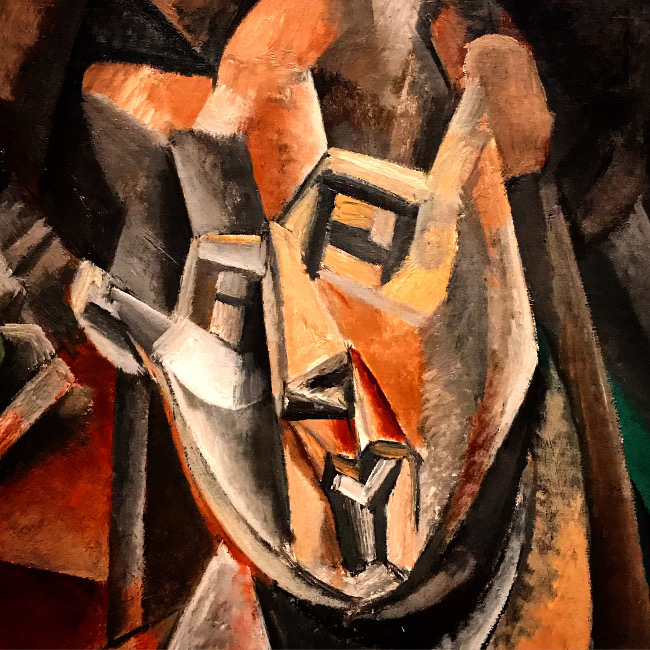"The Quantum Labyrinth: How Richard Feynman and John Wheeler Revolutionized Time and Reality," by Paul Kalpern, 2017.
The problem is one of what Einstein called “spooky action at a distance,” or why when you wiggle one electron (or set the “spin”) another one would wiggle instantaneously -- no matter how far away from one another the two are. This occurrence proves that quantum physics is inherently non-local, meaning it operates outside the classical laws of cause and effect, where information can move faster than the speed of light.
"'How does an electron cross the road?' As Feynman and Wheeler showed, the correct quantum answer is that it takes every physically possible path."
"It was as if Groucho March were standing in for a great scientist" -- C.P. Snow on Richard Feynman.
Backstory: Germans had discovered that massive Uranium nuclei could be divided, releasing a mass of energy ("Fission"). In a conference, Niels Bohr announced news of this development to the physics community, who immediately saw the danger of the Germans using the technology to build a bomb. Certain forms of uranium were easier to split than others -- Uranium 235 could be disrupted by relatively slower neutron, as could a then still theoretical isotope Plutonium 239. The idea is that the fission would release more neutrons leading to a "chain reaction" of other nuclei.
"In general relativity, matter and energy warp the fabric of spacetime -- Space and time combined -- like a heavy nest on a flimsy tree branch."
“Electromagnetic waves form a duo of electric and magnetic fields, oscillating perpendicular to each other at the speed of light.” Electromagnetic are also hard to explain in terms of quantum mechanics.
The speed of light, not measurements of space (which can be compressed) or time (which can be dilated), serves as the universal standard
Einstein explained general relativity, as well as 'action-at-a-distance' through a geometric model of gravity. But he had to add in a fudge factor, the Cosmological Constant, to "counteract the destabilizing effect of gravity."
"The amount of energy of per photon depends on the frequency, rate of vibration, of the light with which it is associated. Frequency is, in turn, is inversely proportional to wavelength. The greater the wavelength, the lower the frequency and vice-versa." Long wavelengths (radio waves) are low frequencies and low energy. Higher wavelengths (X-Rays) are high energy, high frequency.
“The purpose of theory is to describe nature, not to explain nature,” in Richard Feynman’s view.
The path of least action asserts that a body takes the path of least action needed. "The lowest value matches the genuine trajectory.""Everything in the universe tries to find the optimal path from start to finish." A quantum process of events, ike dominos, topples along , affected by its environment. It is a "ripple of quantum transformations from start to finish. "
The chosen path is joined by any number less dominant paths, representing less possible routes. While the dynamic landscape steers the objects dominant way, "chance allows for other, less-likely possibilities."
![]()
